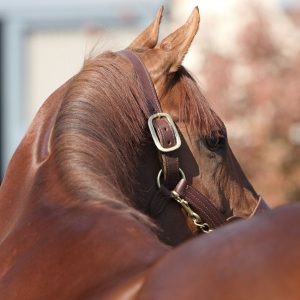
Put the Bloom Back in Your Horse’s Coat
Does your horse struggle with dull, flaky hair coat? Are his mane and tail dry and brittle? The quality of...
» View Article
Does your horse struggle with dull, flaky hair coat? Are his mane and tail dry and brittle? The quality of...
» View Article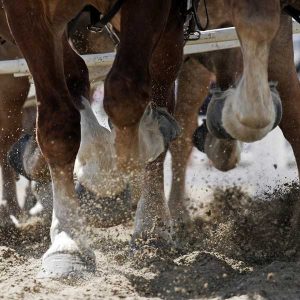
Providing proper nutrition for your horse is one of the most basic ways to ensure his well-being. High-quality forage and...
» View Article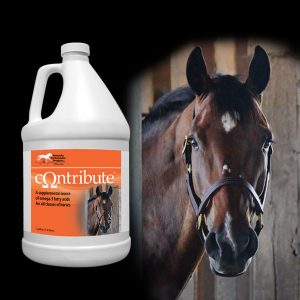
ContributeTM was developed to provide an easy and affordable way for you to add omega-3 fatty acids into the diet...
» View Article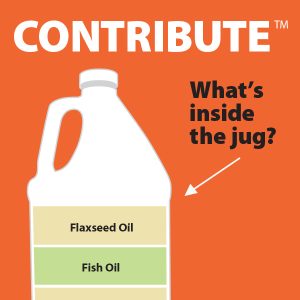
Click here to download a print version of this infographic. Text-only version of “Contribute™: What’s Inside the Jug” Omega fatty...
» View Article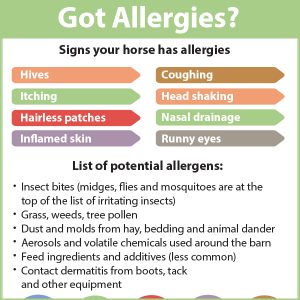
Signs your horse has allergies Hives Itching Hairless patches Inflamed skin Coughing Head shaking Nasal drainage Runny eyes
» View Article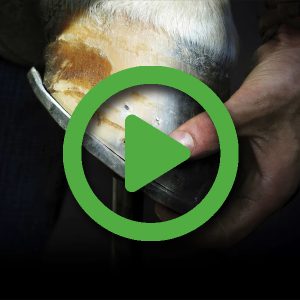

Equi-Jewel contains all-natural ingredients that provide the calories your horse needs to thrive. Equi-Jewel’s high-fat formula reduces the risk of digestive upset, supports optimal muscle function, and sustains a calm, cool attitude.
» View Article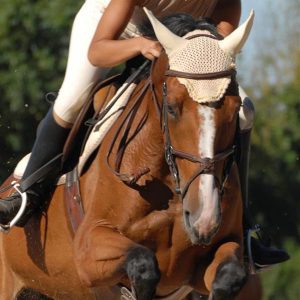
Simply put, horses need energy. Energy is traditionally supplied by cereal grains such as oats, corn, and barley. These feedstuffs...
» View Article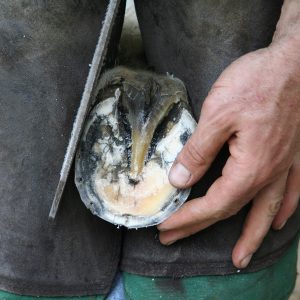
Biotin has become commonplace in feed rooms across the world because of its reputation as an effective hoof supplement. And...
» View Article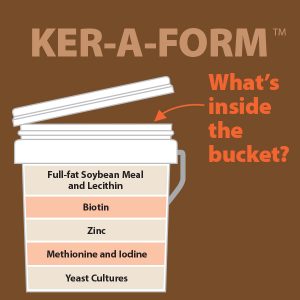
Ker-A-Form is a scientifically formulated coat and hoof supplement that is named after one of the tissues it was developed to nourish “keratin.” Keratin is the fibrous protein that forms the main structural component of hair and hooves. Without healthy keratin, hooves and hair grow slowly and become dull, dry, and brittle. The combination of nutrients found in Ker-A-Form support keratin as well as multiple other components that make up healthy skin, hair, and hooves.
» View Article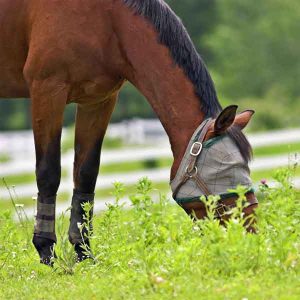
Summer seasonal recurrent dermatitis (SSRD), commonly called sweet itch or summer itch, is caused by a horse’s allergic reaction to...
» View Article
Rain Rot The facts: Rain rot is caused by the bacterium Dermatophilus congolensis. Occurs during wet seasons. Starts with some type of skin opening, such as an insect bite, that allows the bacteria to enter and spread using moisture. Contagious.
» View Article
On the track, constant exercise, frequent shoeing, and the demands of racing can put a lot of stress on Thoroughbreds’ hooves. Bad feet can lead to other issues, such as sore backs and hocks.
» View Article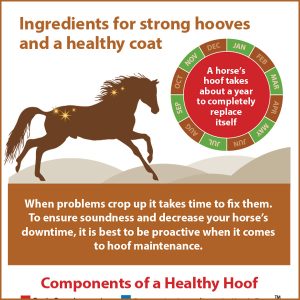
A horse’s hoof takes about a year to completely replace itself. One of the first signs of inadequate nutrition is a dry, dull hair coat and cracked hooves. When problems crop up it takes time to fix them. To ensure soundness and decrease your horse’s downtime, it is best to be proactive when it comes to hoof maintenance.
» View Article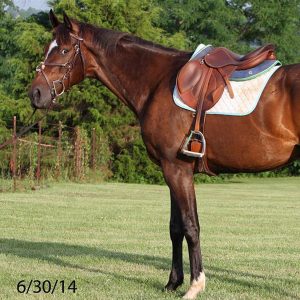
Hey everyone. So as a lot of know, young horses can be hard to put and keep weight on, especially our beloved off-the-track Thoroughbreds. They all seem to go through a strange awkward gangly stage, usually at ages 2 and 3. No horse knows this…
» View Article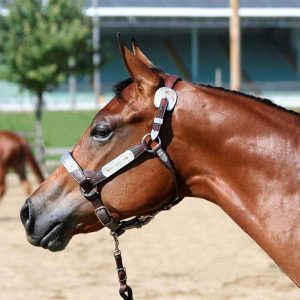
Iodine controls the production of thyroid hormones, which are necessary for optimal health. Iodine deficiency can cause a dry, lusterless...
» View Article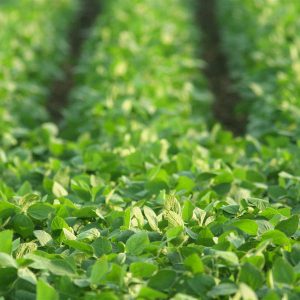
Have you ever come across “lecithin” while scrutinizing the ingredient list of a favorite supplement? Have you wondered why lecithin...
» View Article
"*" indicates required fields